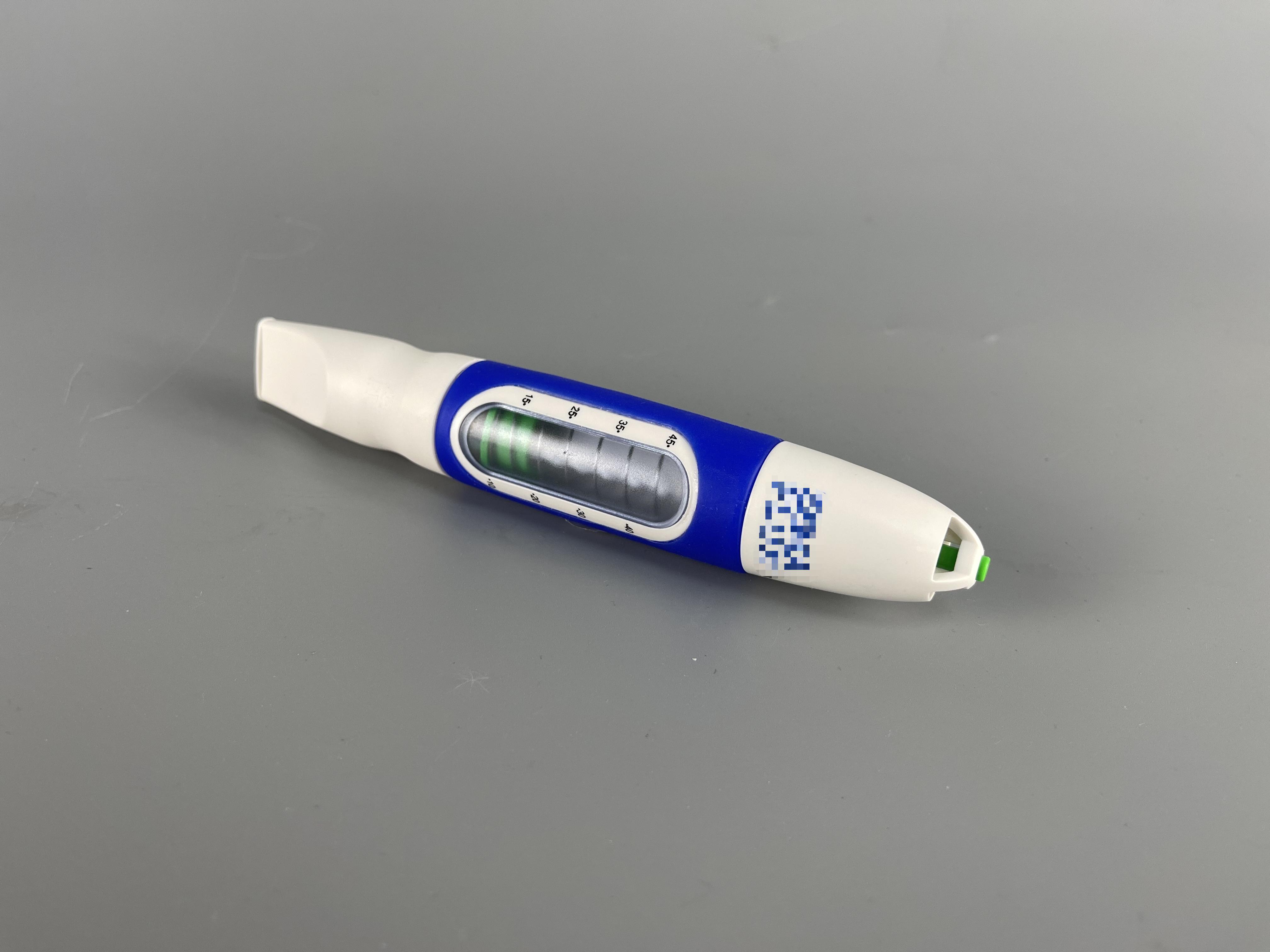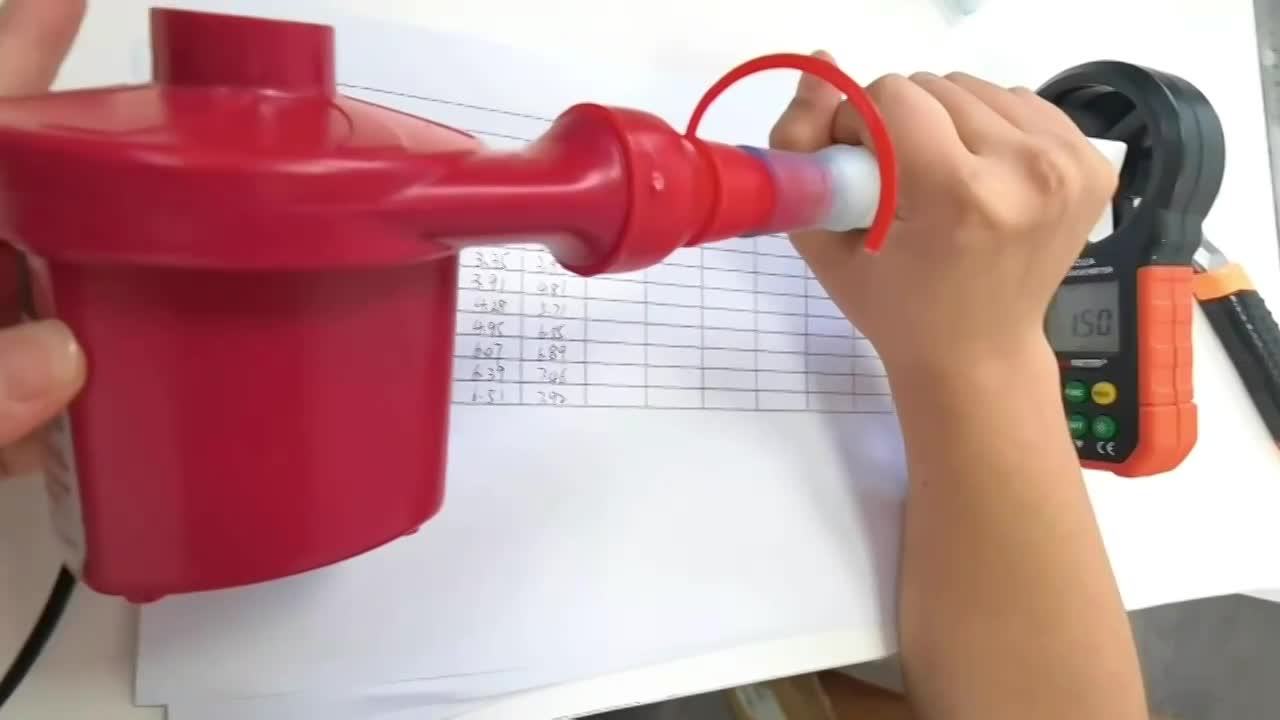Designing a GERD Training Device

Our client commissioned us to develop a product to train the esophageal sphincter for patients with gastroesophageal reflux disease (GERD), a completely new field for us. After thoroughly understanding the client’s needs and comparing similar products on the market, we outlined the client's requirements as follows: 1. Adjustable resistance to accommodate the training needs of patients at different stages of recovery; 2. A compact design for portability; 3. A reasonably priced product to facilitate the introduction of a new product. Our initial industrial design sketches received positive feedback from the client, leading us into the detailed internal layout and structural design phase.
In terms of structural design, our challenge was not only to make the device more compact than competing products but also to ensure that the front and middle sections could not be unscrewed after assembly, and could not be fixed with glue. To this end, we adopted a reverse latch design. After completing the initial prototype, we sent it to the client for testing, and the client was satisfied with the results. We then proceeded to produce the molds. However, during the testing of the mold samples, we encountered an issue: the resistance change of the springs at different settings was not distinct enough, which could prevent patients from accurately perceiving the resistance levels during their gradual rehabilitation training.

To address this issue, we conducted extensive testing with springs made of different materials, wire diameters, and lengths. We initially selected several potential spring materials, including stainless steel and alloy steel, and then determined the most suitable wire diameter and length through experiments to achieve optimal elasticity and durability. This process involved multiple tests and adjustments, and after each adjustment, we conducted a series of functional and durability tests to ensure the springs maintained consistent performance under various conditions. After a month of continuous adjustments and testing, we finally determined the specific dimensions of the spring with our supplier. The client tested it and was very satisfied, leading us to proceed with mass production.
We are conducting drag coefficient tests to simulate the resistance experienced by users
Throughout the entire development process, we have deeply realized that no product development is simple, especially in a brand-new field. Developing a product requires a thorough understanding of its usage environment and functionality to design an excellent product. Additionally, testing during the prototyping and sampling phases is crucial. From T0 to T1 to TN, every step of testing is a part of the product refinement process. We carefully listen to consumer feedback and make detailed adjustments to the product design, materials, and manufacturing processes, even iterating the entire product. We are committed to meeting customer needs, thinking from their perspective, offering professional advice, and achieving goals. This is the essence of our Turnkey Solution Service!
